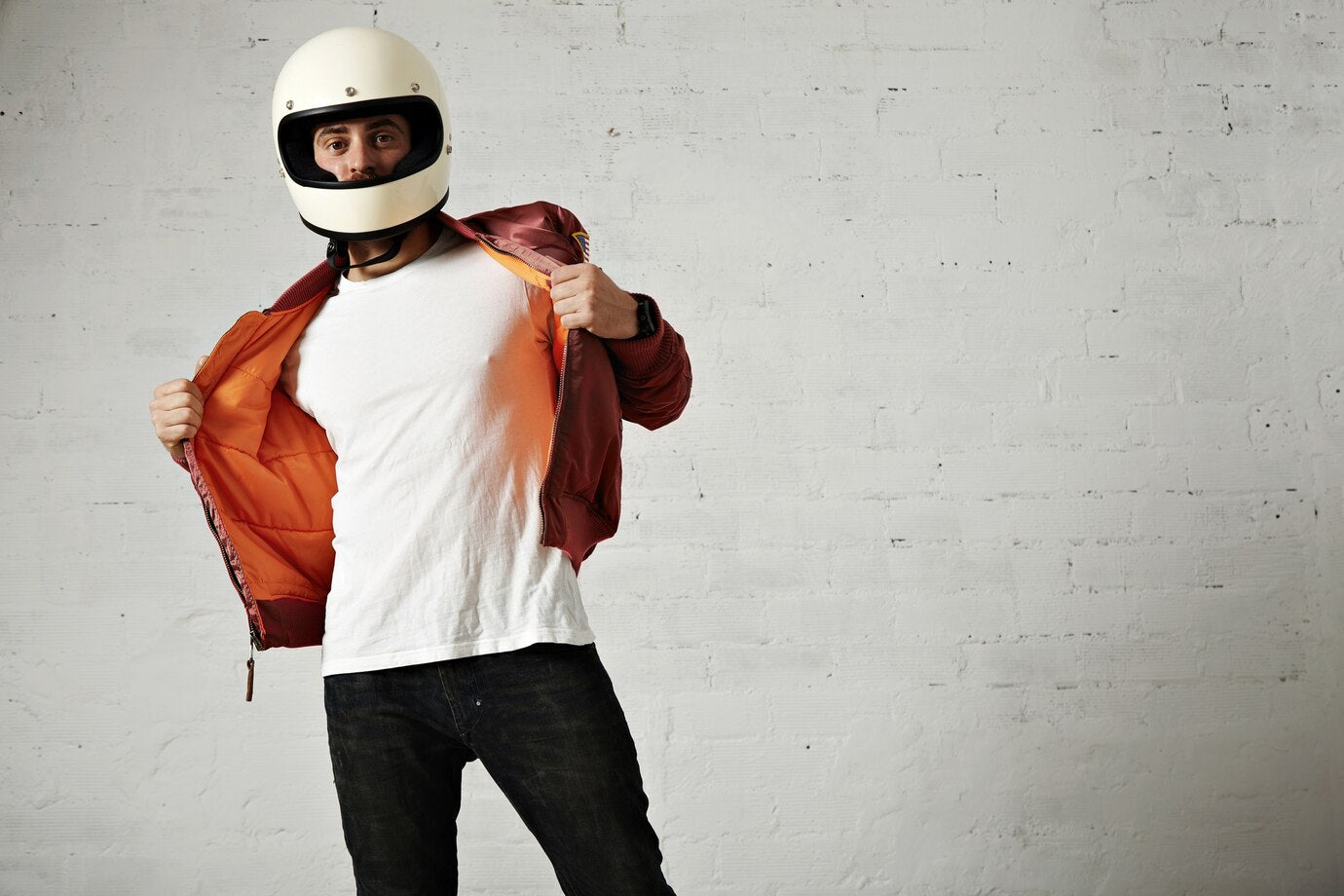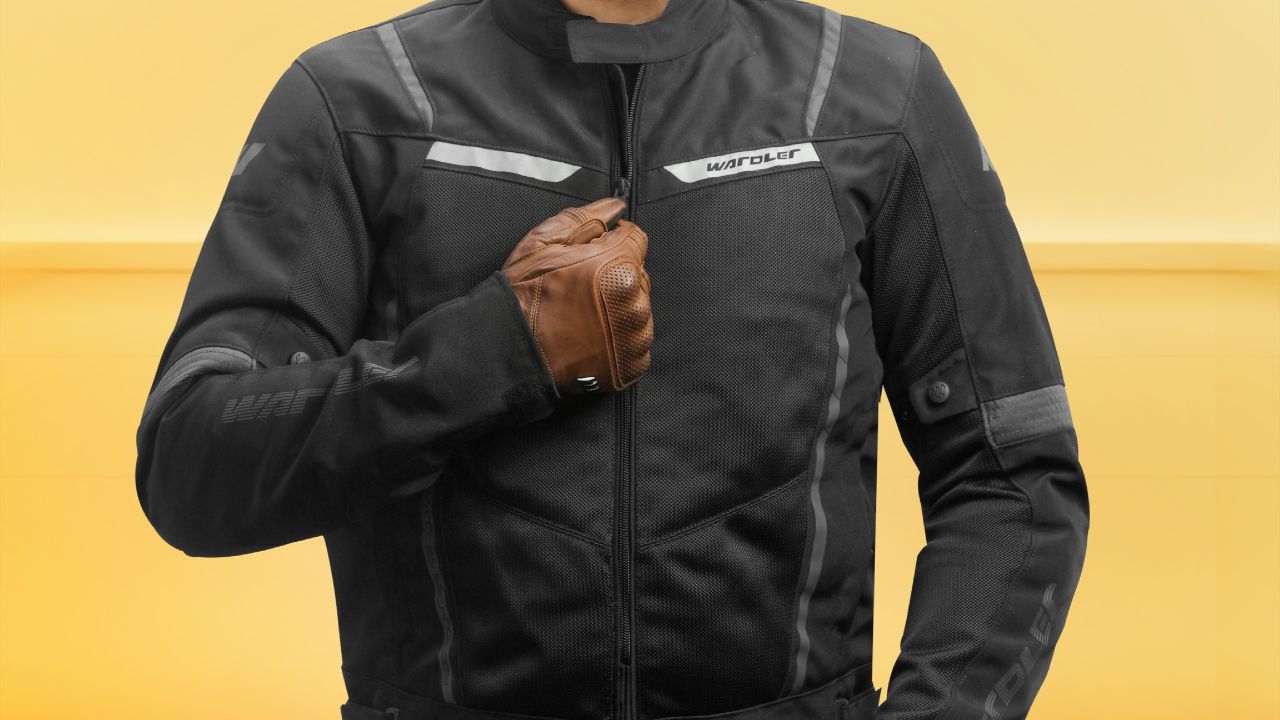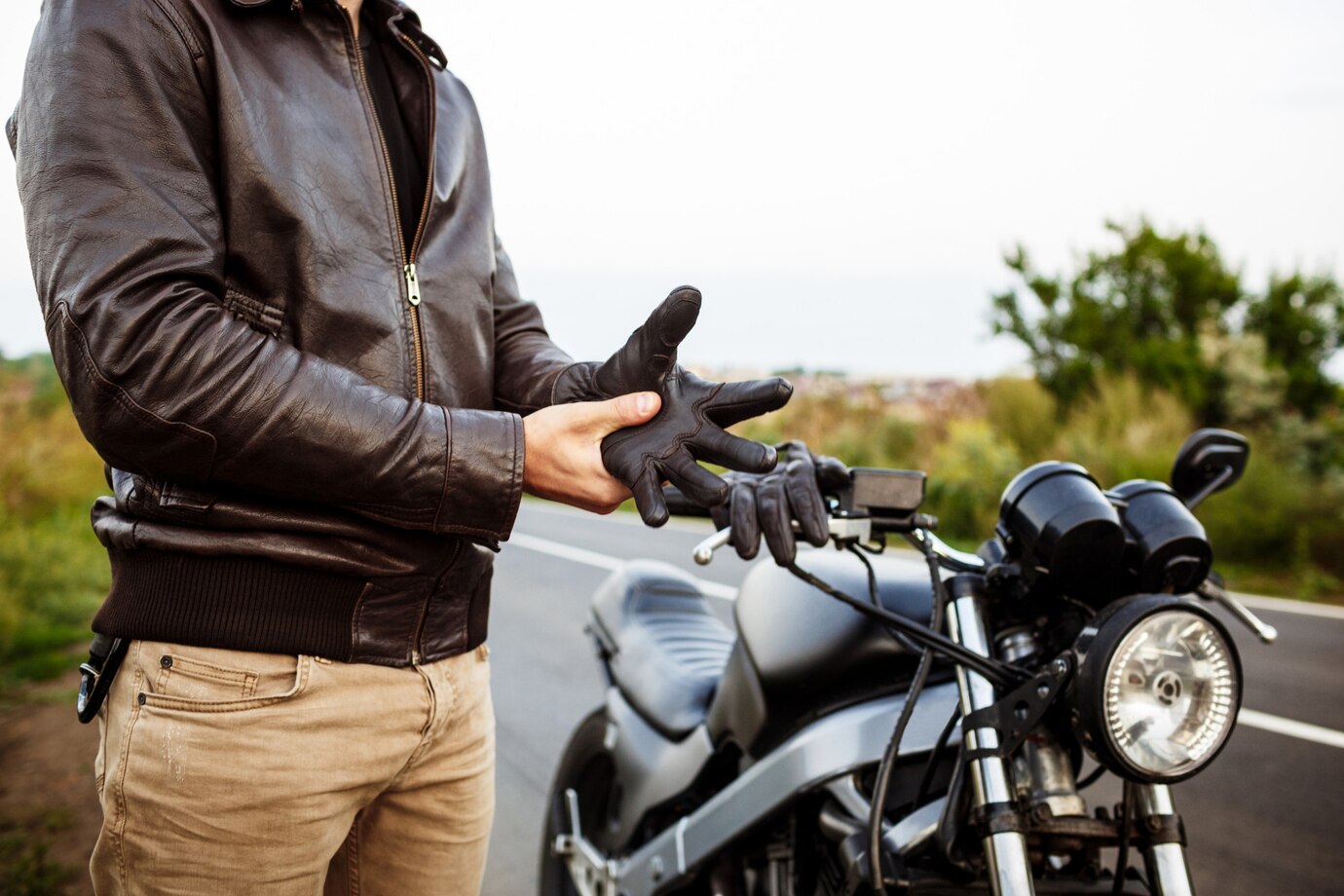
How to Layer Clothing Under a Motorcycle Jacket: An Ultimate Guide
You might ride in a cool morning, might be in a mid heat-wave of summer or might be riding in the rain pouring, layering your clothes even under a motorcycle jacket will make the ride comfortable, provide protection as well as adaptability. It may save you a lot of pain and some serious breakdowns and accidents are caused because you have chosen the wrong attire to put on under your jacket. When done correctly, layering will not only help you stay comfortable as the weather warms up and cools down it will also help you be more mobile and practical when it comes to safety.
In this blog, the author will provide an in-depth breakdown of the proper way to layer up underneath a motorcycle jacket both in any specific season and riding condition thereof.
Why Riders Should Lay it On
When you ride with motorcycles, your body is subjected to the wind, changes in temperatures, and even the uncertain weather. You are immediately impacted by the environment unlike when one is driving a car. And with layering, I love it as it should help you regulate body temperature, wick moisture, prevent wind, not just hold heat, but all the things it should do, but still it should fit underneath your jacket and not be bulky. The right layering plan can be all the difference between a miserable and a good ride.
The Layering Basics of Motorcycle Layering
Before we proceed to particular layers, we need to know the three cornerstones of a successful layering approach:
Moisture Management (Base Layer) – Wicks sweat away from your skin to keep you dry.
Insulation (Mid Layer) – Retains body heat and keeps you warm.
Protection and Weather Shield (Outer Layer) – Your motorcycle jacket that blocks wind, rain, and impact.
These layers are supposed to complement each other and still not hinder any movement and will not affect protection.
1. Base Layer: Your First Defense Against Discomfort
The base layer is in direct contact with your skin and the purpose of that layer is to ensure proper moisture and temperature management. Select lightweight fabrics that absorb the sweat and are fast drying.
The Best Kinds of Base Layer Materials:
- Merino wool (great for both hot and cold weather)
- Synthetics materials such as nylon or polyester
- Avoid cotton (it retains moisture and can chill your body)
In summer, under your jacket you should wear lightweight moisture-wicking shirt which will keep you cool and dry. During winter, choose thermal long sleeve tops and bottoms that can be worn when it is cold outside.
2. Mid Layer: Cold Rides Insulation
This layer insulates your body with help of the heat being trapped and prevents the body to be cold, especially during the cooler seasons or mountain rides. It may be as basic as a fleece pullover or as technologically sophisticated as an insulated heated vest.
Best-selling Mid Layer:
- Softshell jackets or lightweight fleece jackets
- synthetic insulated or down vests
- Water or oil-heated battery or plug-in liners
Ensure that your mid layer is comfortable underneath your jacket without any restriction of movement. The fit of the protective gear when worn could be reduced by an impractical mid layer that is bulky.
3. Outer: Your Motorcycle Jacket
The safety of your motorcycle jacket is the safety of your entire body so all of your clothing underneath will have to support it. The jacket needs to be abrasion resistant and protect against impact and provide ventilation whether in leather or textile.
When wearing on top:
Ensure armor pads (elbows, shoulders, back) stay correctly aligned.
Apply jacket vents to control the heat and airflow.
When you have a jacket with removable liner, you could think about swapping in your own mid-layer where you have a better fit or more warmth.
The right fit is essential keeping it not too tight. Your base and mid layers should be able to zip up your jacket conveniently and enable you to have free movement of your arms.
4. Seasonal Process of Adaptation
Summer Layering:
Wear a moisture-wicking base layer and nothing more. Avoid heavy garments when wearing mesh or breezy jackets in order to get maximum air. Carry an insulated windbreaker or a light thermal liner with you, especially in case you are riding during early mornings and at night.
Winter Layering:
A thermal base layer, an insulated layer, and a jacket which is winter-rated. Be sure also not to overlook neck warmers, balaclavas, and thermal socks to keep the limbs toasty.
Wearing Layers, Spring and Fall:
This is the most uncertain time of riders. A base layer is the starting point, a lightweight mid layer to carry, and a jacket with ventilation that is adjustable or liners that are zip-in. It is important to have a layering flexibility in case of different conditions occurring during the day.
5. Rain and Wind Layer
Even with a protective jacket, wind and rain can sneak in. Wearing a waterproof or windproof liner underneath your jacket (if it doesn’t already include one) can be helpful. Alternatively, a rain shell which is an over-jacket can be worn over your riding jacket to cover your whole gear.
6. Mistakes to Avoid
Base layer of cotton: Cotton holds water and gets uncomfortable or cold.
Over-layering: Letting too many layers on will hinder mobility and limit the circulation of air which will make you sweat.
Ignoring armor fit: Thick/heavy layers or ill-fitting clothes can move the armor pads out of the impact areas.
Forgetting breathability: Each of the layers ought to be breathable rather than moisture-proof.
Final Thoughts
It is an art and science to wear an undercoat under a motorcycle jacket. But the idea is to remain comfortable, dry and shielded without compromising on the freedom of movement and safety. Select base layers that wick moisture, mid layers that help keep you warm and be sure that your outer motorcycle jacket is appropriate, given the weather conditions that you will be riding in. And with the proper layering plan in mind, nothing the road, or the weather, can do will be surprising you.




Leave a comment
This site is protected by hCaptcha and the hCaptcha Privacy Policy and Terms of Service apply.